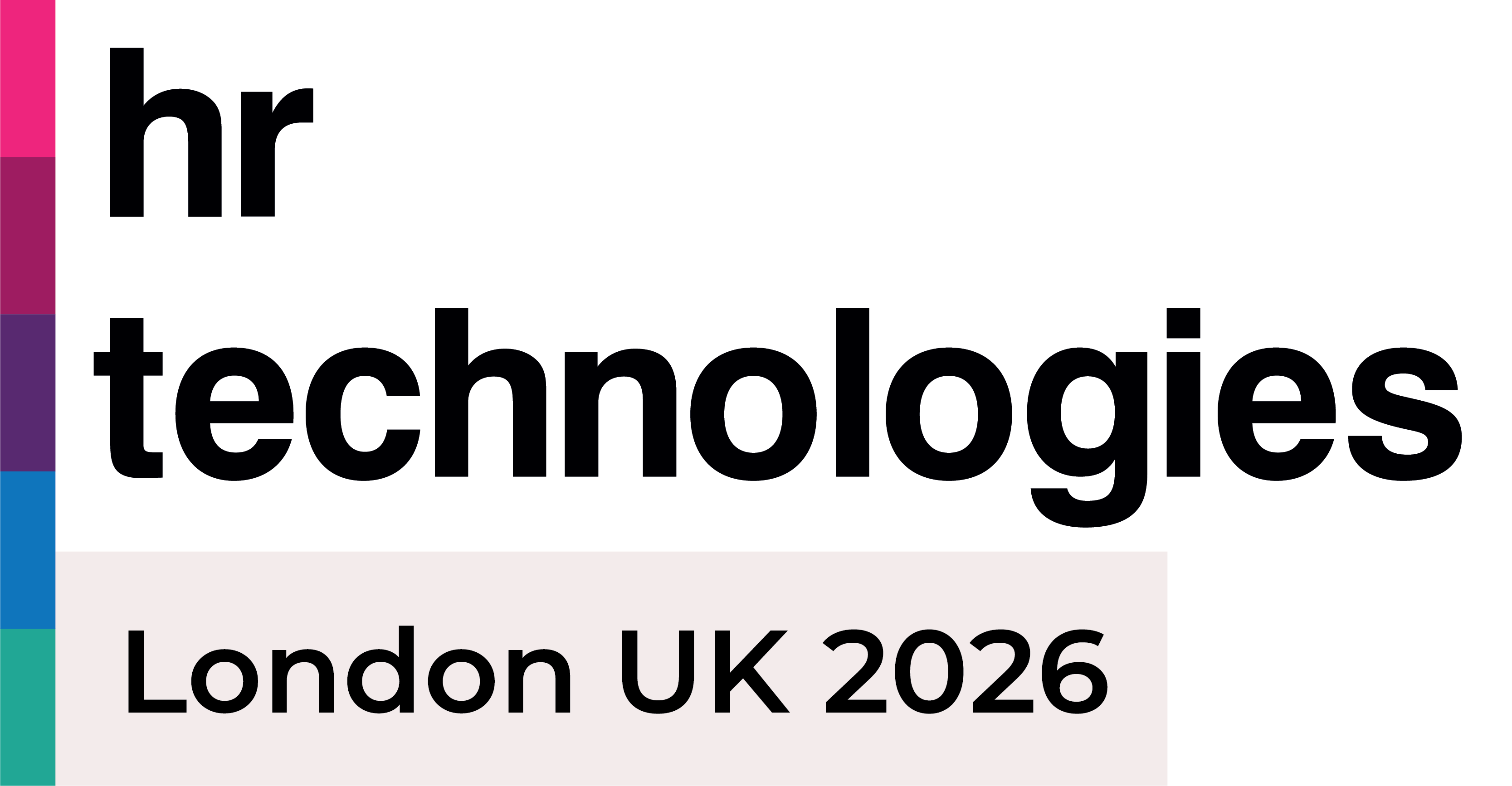Maximising Employee Engagement ROI in the Post Pandemic World
)
The past two years significantly impacted the way we conducted business due to the Covid-19 Pandemic.
To guarantee our safety and the safety of others, harsh measures were taken by our governments, and for many of us, it became the biggest work-from-home exercise.
For many companies, remote work is a brand new concept and one where the rule book on employee engagement does not work anymore.
At the very core, employee engagement is the emotional commitment the employee has to the organisation and its goals. Applying Abraham Maslow’s “Hierarchy of Needs”, we are looking at physiological, safety, belonging, esteem and self-actualisation needs.
For example, a sense of job security falls under the needs for safety and belonging. When it is met, employees can be assured and focus on bringing their best effort to their jobs, knowing they will still be there tomorrow.
Without this security, paranoia and insecurity creep in. And you can expect employees to be less devoted to doing their best.
With COVID-19 disruption, how can organisations continue to work on these critical areas and support these areas of needs?
Before that, we need to understand what has changed over the past years.
What is making employee engagement different post-pandemic?
1. Expectations

Not too long ago, people looking for a job were not too critical when looking for new employment.
A good salary and employment security used to be the most crucial aspects of finding a job.
Nowadays, the generation entering the work field cares about other things and has different expectations for finding an employer.
People are people, and they want to be treated like people, not as employees.
They want to see recognition from their superiors on the job they are performing and build a good relationship with them.
They want to feel cared for and their physical and mental health because this is very important.
Employees also seek growth and career development and crave feedback on their performance regularly.
Such emphasis will lead to a win-win situation as studies have shown that a more engaged workforce equates to higher company productivity.
An organisation needs managers to empathise with its subordinates and build a good relationship with them to motivate them and get the best results out of their team.
2. Digital transformation

The Covid-19 pandemic also brought a quick acceleration of digital transformation, and many organisations are caught off guard, especially those who have not depended much on digitalisation to survive and thrive.
Organisations are being forced to think about future technologies to secure their right to exist, and it also involves the painful evaluation of what to prune, keep, or upgrade.
With digital transformation, the ability to engage with employees is multiplied tenfold.
Just look at the impact on performance reviews. Traditional annual performance reviews can now be replaced with more frequent check-ins. In addition, technology now allows companies to scale their outreach and engagement efforts.
Given the expectations of real-time gratifications in our daily lives, it is important for organisations to align the frequencies of their reward systems to be in sync with what one will often come to expect.
3. Employee wellbeing
According to a Straits Times report on 15 November 2021, nearly 7 in 10 residents in Singapore said this year had been the most stressful one at work, with more than half struggling more with their mental health at work this year than last year.

This is aligned to a 2021 APAC survey by Willis Tower Watsons on the employee experience in which 79% of the respondents believe employee wellbeing is a vital driver of a positive employee experience.
These primarily come from uncertainty about the future and the constant change to regulations on Covid-19.
Burn-outs are no longer exclusive to the lawyers and auditors as remote work made ‘knocking off’ almost invisible with blurring lines between home and office.
What can companies do?
There must be a change in mindset for a start, where companies consider including a new ROI metric centred around employees.
In consideration of the Great Resignation, companies need to weigh the monetary and time costs between getting new employees and training them versus retaining existing ones by keeping them happy.
And the choice is a no-brainer given studies that predict that every time a business replaces a salaried employee, it costs 6 to 9 months’ salary on average.
I call this the Employee Engagement ROI.
And to achieve them, companies need to focus on the following areas:
1. Raise motivation and morale

In early 2021, a research study was conducted to measure morale boost and how it impacts the organisation.
The study looked at sending social workers personalised symbolical letters of appreciation. Half of them got letters from their direct managers, while others did not.
One month after this simple intervention, the social workers who received a letter reported feeling more valued, recognised for their work, and supported by their organisation than those who didn’t receive a letter.
All that leads to employees being more satisfied with their organisation, more productive and less likely to leave.
And it isn’t restricted to a hardcopy letter as per the study.
A short text message can work just as well, especially when done in a public domain where everyone else will be privy to the recognition.
There are also digital tools that go above and beyond by connecting recognition with a reward system.
For example, Rewardz provides digital solutions such as CERRA Points in which companies can easily digitise their reward and recognition programs for employees, sales channel partners, and customers.
In a work engagement study on the hotel industry by the University of Brawijaya Indonesia, the researchers found that work stress created by workload has a significant effect on turnover intention.

The findings of this study suggest that hotels need to pay more attention to the tasks that are allocated to employees according to their abilities so that employees do not feel overwhelmed and can complete these tasks optimally, on time, and they need to create a strategy to relieve employee stress during work
Another thing that could be deployed is to support employees with a structured mental well-being initiative, which could include things like
- Setting boundaries between work and free time – not expecting immediate replies outside of office hours
- Free access to a meditation app that encourages daily reflection
- Weekly guided journaling exercises
- A Zoom-free half day every week to ease the intensity of screen time for employees working remotely.
- Include Mental Health Days within the company’s medical leave policies to encourage time out for self-care.
- Easy access to mental health resources.
3. Enable trust in leadership

It can be scary for managers accustomed to performance measurement based on observation when employees are not working within their line of sight.
But if this only leads to micro-management, you are trying to control input when you can’t even observe them.
A better way is to measure output, which can only happen when trust exists.
This also represents shifting the previous top-down approach to a partnership approach, somewhat like a marriage.
And just like the married couple who believe in each other, trust will take time and effort.
Companies can start by having frequent check-ins and transparent conversations between directors, managers, and employees to feel included in what is happening within the organisation.
Another advantage of holding frequent team meetings is that a continuous feedback loop can be established, in which employees continuously improve their work through open communication with management.
These practices will increase employee engagement and assist organisations in retaining employees in the long run.
Conclusion
Although many organisations encountered difficulties adjusting their management styles during COVID-19, the lessons learned about employee engagement will positively change employee mindsets.
And in today’s context, it is easier than ever to leverage digital tools to help you scale your employee engagement initiatives and create a closer connection between recognition and rewards.
Post-COVID, emotional connections and the new habits and norms that are formed between employees and their work will lower employee turnover, increase productivity, and motivate.
Fostering these connections requires senior management and the C-suite to adapt and rethink their current working culture.
Read the original article, published by Adrian Tan.

)

)

)
)

)
)
)
)
)
)
)
)
)
)
)
)